Bletilla striata
Bletilla striata
1. The products in our compound library are selected from thousands of unique natural products; 2. It has the characteristics of diverse structure, diverse sources and wide coverage of activities; 3. Provide information on the activity of products from major journals, patents and research reports around the world, providing theoretical direction and research basis for further research and screening; 4. Free combination according to the type, source, target and disease of natural product; 5. The compound powder is placed in a covered tube and then discharged into a 10 x 10 cryostat; 6. Transport in ice pack or dry ice pack. Please store it at -20 °C as soon as possible after receiving the product, and use it as soon as possible after opening.
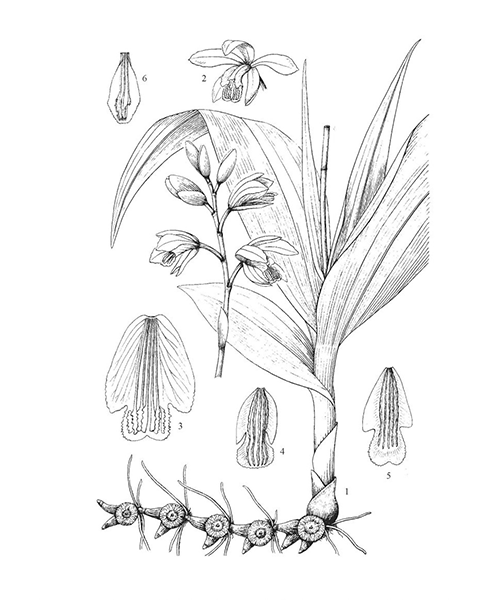
Natural products/compounds from Bletilla striata
- Cat.No. Product Name CAS Number COA
-
BCN6105
Vanillic acid121-34-6
Instructions
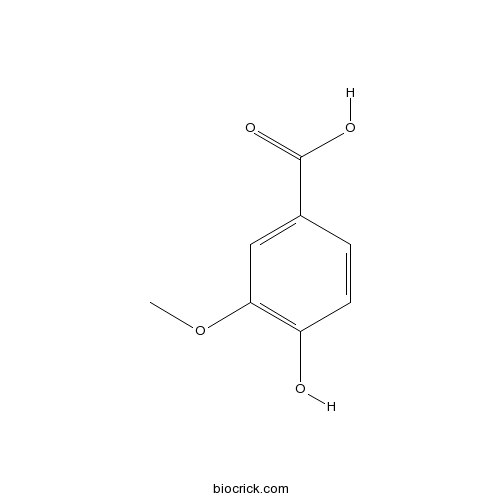
-
BCN5816
4-Hydroxybenzaldehyde123-08-0
Instructions
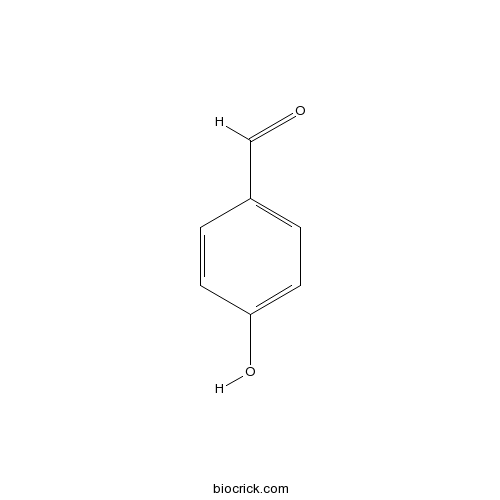
-
BCN8217
Dactylorhin A256459-34-4
Instructions
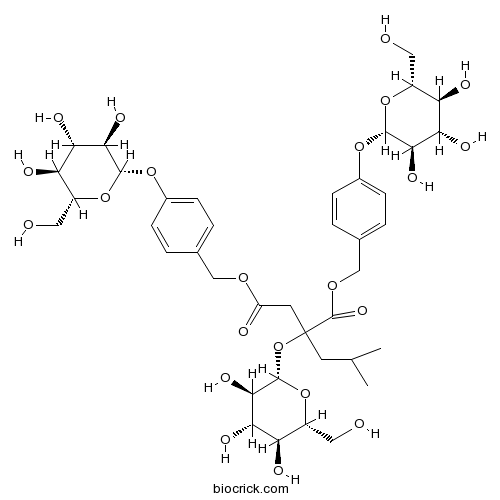
-
BCN5531
Daucosterol474-58-8
Instructions
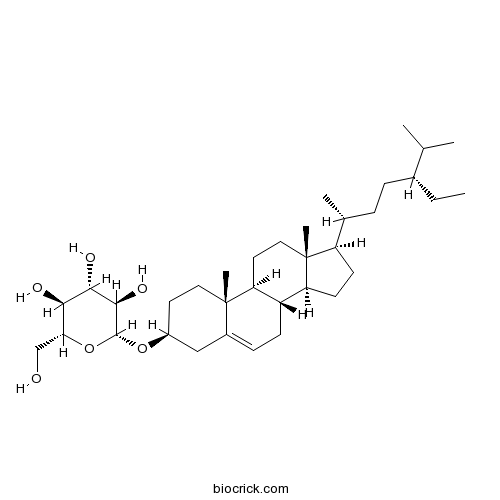
-
BCN5663
Physcion521-61-9
Instructions

-
BCN2551
Militarine58139-23-4
Instructions

-
BCN6306
Gastrodin62499-27-8
Instructions

[Antibacterial Activity of Chemical Constituents Isolated from Fibrous Roots of Bletilla striata].[Pubmed: 30088882]
To investigate the chemical constituents isolated from the fibrous roots of Bletilla striata, and to research their antibacterial activities.
The mycoheterotrophic symbiosis between orchids and mycorrhizal fungi possesses major components shared with mutualistic plant-mycorrhizal symbioses.[Pubmed: 29649962]
Achlorophylous and early developmental stages of chorolophylous orchids are highly dependent on carbon and other nutrients provided by mycorrhizal fungi, in a nutritional mode termed mycoheterotrophy. Previous findings have implied that some common properties at least partially underlie the mycorrhizal symbioses of mycoheterotrophic orchids and that of autotrophic arbuscular mycorrhizal (AM) plants; however, information about the molecular mechanisms of the relationship between orchids and their mycorrhizal fungi is limited. In this study, we characterized the molecular basis of an orchid-mycorrhizal (OM) symbiosis by analyzing the transcriptome of Bletilla striata at an early developmental stage associated with the mycorrhizal fungus Tulasnella sp. The essential components required for the establishment of mutual symbioses with AM fungi and/or rhizobia in most terrestrial plants were identified from B. striata gene set. A cross-species gene complementation analysis showed one of the component genes, calcium and calmodulin-dependent protein kinase gene CCaMK in B. striata, retains functional characteristics of that in AM plants. The expression analysis revealed the activation of homologs of AM-related genes during the OM symbiosis. Our results suggest that orchids possess, at least partly, the molecular mechanisms common to AM plants.
In vitro characterization of pH-sensitive Bletilla Striata polysaccharide copolymer micelles and enhanced tumour suppression in vivo.[Pubmed: 29485227]
A system of stearic acid (SA)-modified Bletilla striata polysaccharide (BSP) micelles was developed for the targeted delivery of docetaxel (DTX) as a model anticancer drug (DTX-SA-BSP).
[Chemical constituents from tuber of Bletilla striata].[Pubmed: 29071865]
Eighteen compounds were isolated from the EtOAc soluble fraction of Bletilla striata by various chromatographic techniques, such as silica gel, ODS, Sephadex LH-20, RP-HPLC. Their structures were identified by spectroscopic methods and physicochemical properties, as 5-hydroxy-2-(p-hydroxybenzyl)- 3- methoxybibenzyl(1), shancigusins B(2), shanciguol(3),arundinan(4), 3',5-dihydroxy-2,4-di(p-hydroxybenzyl)-3-methoxybibenzyl(5), arundin(6), 3,3'-dihydroxy-2-(p-hydroxybenzyl)-5-methoxybibenzyl(7), 3, 3'-dihydroxy-2', 6'-bis(p-hydroxybenzyl)-5-methoxybibenzyl(8), 7-hydroxy-2,4-dimethoxyphenanthrene(9), bleformin B(10),nudol(11), 3,7-dihydroxy-2, 4-dimethoxyphenanthrene(12), 2, 7-dihydroxy-4-methoxy-9,10-dihydrophenathrene(13), bleformin D(14), 4,4'-dimethoxy-9,10-dyhydro-[6,1'-biphenanthrene]-2,2',7,7'-tetraol(15),gymconopin C(16),(2,3-trans)-2-(4-hydroxy-3-methoxyphenyl)-3-hydroxymethyl-10-methoxy-2,3,4,5-tetrahydro-phenanthro[2,1-b]furan-7-ol(17),shanciol(18). Among them, compound 1 was a new compound, Compounds 2-6,9,15-18 were isolated from this genus for the first time.


